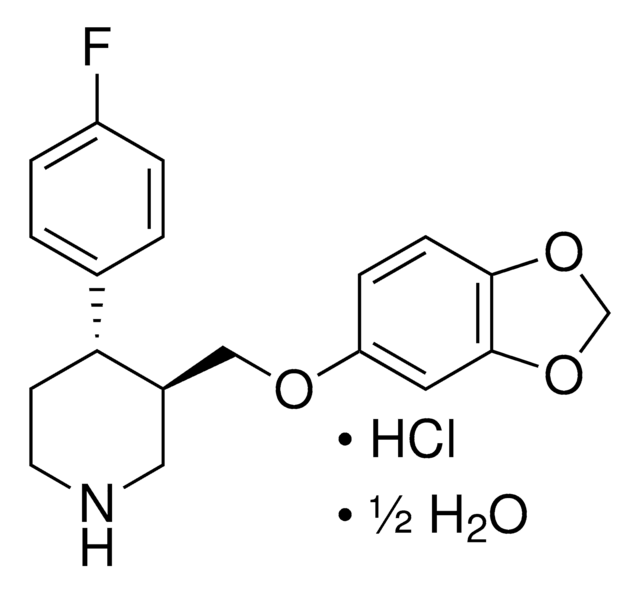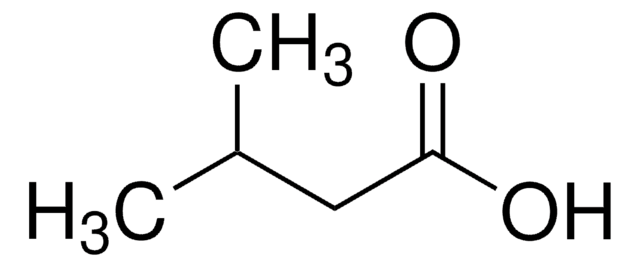おすすめの製品
蒸気密度
2.55 (vs air)
品質水準
蒸気圧
2.4 mmHg ( 20 °C)
製品種目
BioReagent
アッセイ
~99%
自己発火温度
955 °F
expl. lim.
12.1 %
テクニック
cell culture | insect: suitable
屈折率
n20/D 1.386 (lit.)
bp
141 °C (lit.)
mp
−24-−23 °C (lit.)
溶解性
H2O: soluble
密度
0.99 g/mL at 25 °C (lit.)
0.993 g/mL at 25 °C (lit.)
SMILES記法
CCC(O)=O
InChI
1S/C3H6O2/c1-2-3(4)5/h2H2,1H3,(H,4,5)
InChI Key
XBDQKXXYIPTUBI-UHFFFAOYSA-N
類似した製品をお探しですか? 訪問 製品比較ガイド
詳細
アプリケーション
適切な製品が見つかりませんか。
製品選択ツール.をお試しください
シグナルワード
Danger
危険有害性情報
危険有害性の分類
Eye Dam. 1 - Flam. Liq. 3 - Skin Corr. 1B - STOT SE 3
ターゲットの組織
Respiratory system
保管分類コード
3 - Flammable liquids
WGK
WGK 1
引火点(°F)
129.2 °F - closed cup
引火点(℃)
54 °C - closed cup
個人用保護具 (PPE)
Faceshields, Gloves, Goggles, type ABEK (EN14387) respirator filter
適用法令
試験研究用途を考慮した関連法令を主に挙げております。化学物質以外については、一部の情報のみ提供しています。 製品を安全かつ合法的に使用することは、使用者の義務です。最新情報により修正される場合があります。WEBの反映には時間を要することがあるため、適宜SDSをご参照ください。
消防法
第4類:引火性液体
第二石油類
危険等級III
水溶性液体
労働安全衛生法名称等を表示すべき危険物及び有害物
名称等を表示すべき危険物及び有害物
労働安全衛生法名称等を通知すべき危険物及び有害物
名称等を通知すべき危険物及び有害物
Jan Code
P5561-VAR:
P5561-1L:4548173355511
P5561-100ML:
P5561-500ML:
P5561-BULK:
試験成績書(COA)
製品のロット番号・バッチ番号を入力して、試験成績書(COA) を検索できます。ロット番号・バッチ番号は、製品ラベルに「Lot」または「Batch」に続いて記載されています。
この製品を見ている人はこちらもチェック
ライフサイエンス、有機合成、材料科学、クロマトグラフィー、分析など、あらゆる分野の研究に経験のあるメンバーがおります。.
製品に関するお問い合わせはこちら(テクニカルサービス)















